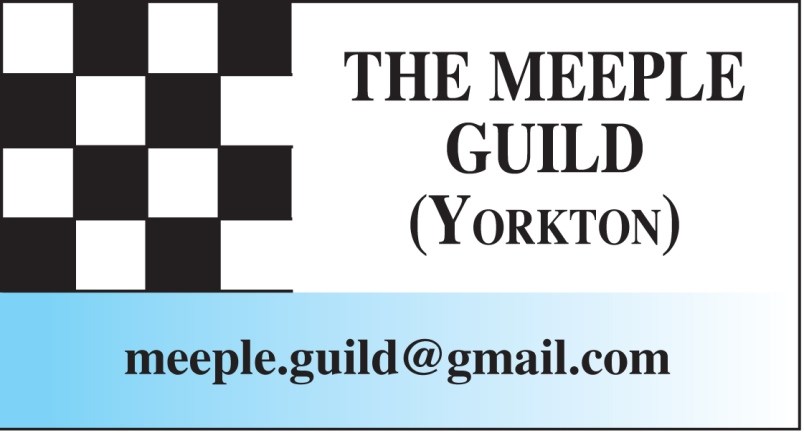Metal miniatures are far from a new aspect of gaming, go back decades with historical battles recreated.
Even sci-fi gaming has a rather long history, with some older games managing to find their way back to the tabletop thanks to new releases.
Such is the case with Legions of Steel, that are being released again, this time with skirmish rules from Canadian company Raybox Games.
Marco Pecota is the man behind Raybox and Legions of Steel, and not surprisingly, a long-time gamer.
“I was an avid gamer for years, starting to game 40 years ago,” he said via email. “I gamed for many many years but took a break back in the late 90s. Now I am back gaming and designing.”
When asked for favourite miniature skirmish game he unabashedly pointed to his own.
“My favourite skirmish miniatures game is my own Legions of Steel,” he said.
The game has been around for decades.
“Back in 1990 I was designing some small game expansions and wanted to sink my teeth into a larger game, but what to do?” said Pecota. “I had two partners then Clark Browning and Derick Villeneuve. At a convention in London we had a chance to play Space Hulk -- great game but limited in tactical value. It inspired us to create Legions of Steel.
“These two are often compared where Space Hulk would be Checkers to Legions of Steel which would be to Chess.”
What were they trying to achieve with the game?
“To create a fast paced and engaging tactical miniatures skirmish game,” offered Pecota.
The initial incarnation of the game took about a year to develop back in 1991-92.
So what was the most difficult aspect of designing the game?
“For this game the most difficult part was to create the game to be realistic but playable,” offered Pecota. “We wanted the mechanics to represent real combat tactics but it needed to be streamlined so it did not bog down in lengthy rules. As a result, many of the fans of the game are military or ex-military soldiers.
“What you have is real world tactics playing out in a close combat miniatures board game and set in a rich and deep fictional background. There were hundreds of pages written on the background published over five books plus multiple magazine articles.”
A bit of the fluff from the website:
“At the edge of darkness something stirred. No living being witnessed the arrival of the Machines when they emerged from the intergalactic rift. Huge hulks of melted metal slowly advanced to the edge of the Milky Way galaxy. The badly damaged ships wandered the sparse edge of the galaxy, searching for new homes.
“Striking deep into enemy territory, the forces of the United Nations of Earth take the offensive. Play a section of elite commandos in powered armour through their missions to destroy a crucial machine complex.
“Meanwhile, the machines fight on with unrelenting determination. Command a horde of skeletal G1 Nightmare robots led by ten feet of raw terror, the dreaded Mark 1 Assault Fiend. An enemy with out feeling, without fear, without soul.
“Your actions determine the fate of the galaxy. Can humanity defeat the mechanical horrors that besiege them or will the galaxy fall under the grip of the Legions of Steel?”
While fully sci-fi, the realism of combat in Legions of Steel stands out for Pecota, who noted “the simplicity of carrying out real world tactical decisions without being bogged down by complicated rules.”
It is the long history that gives this game its uniqueness.
“Most do not have the depth of lore that Legions of Steel offers,” said Pecota. “As mentioned before, tactical depth while keeping simplicity.”



